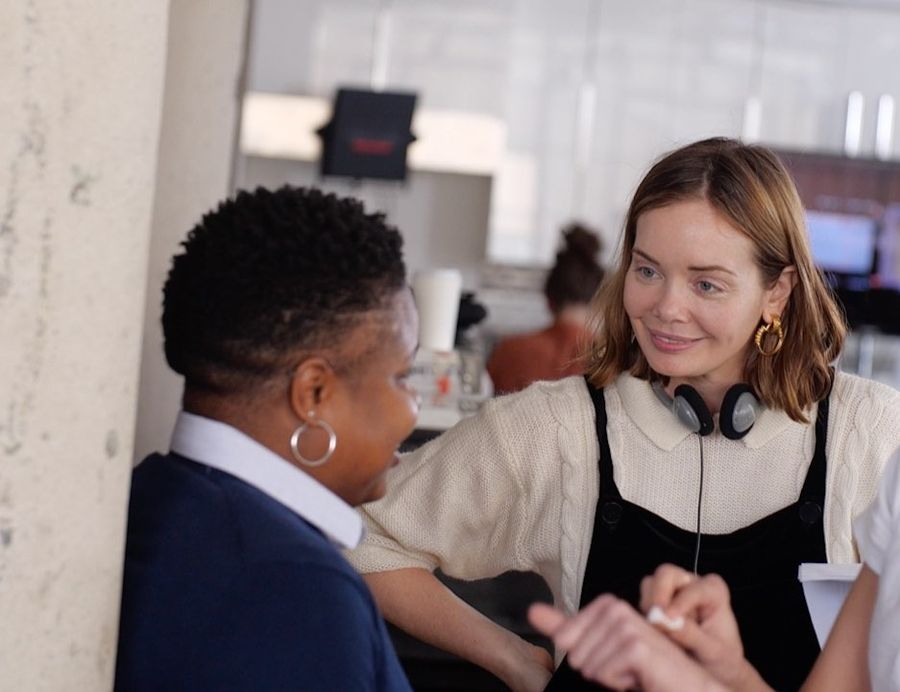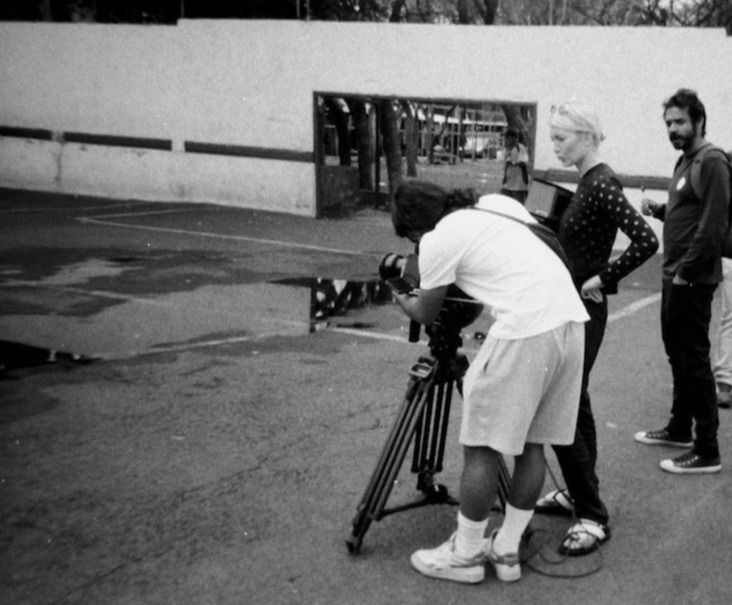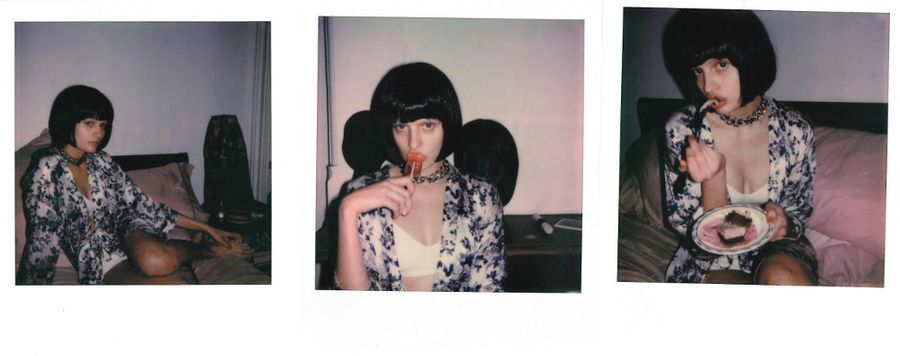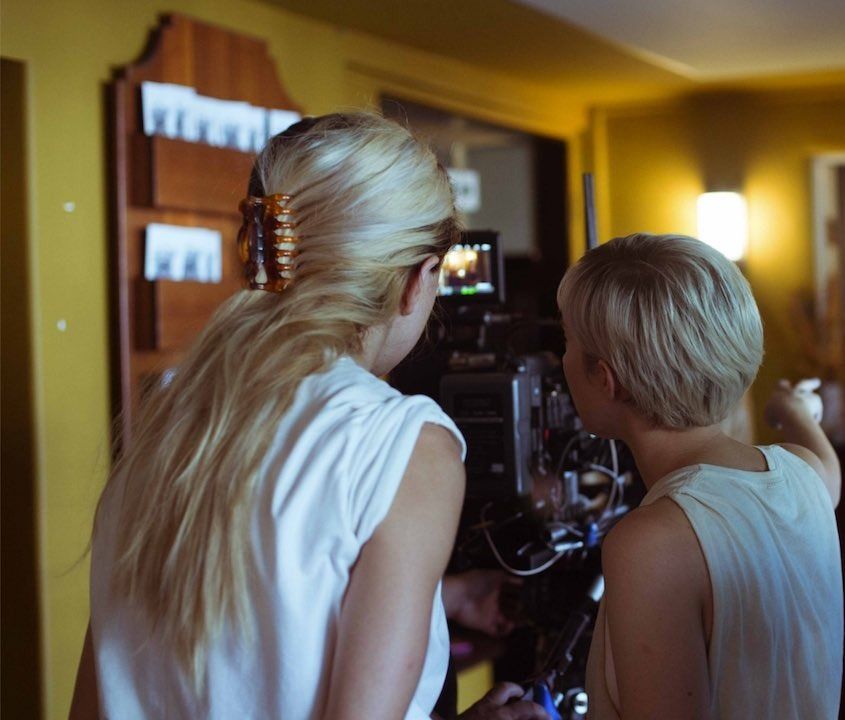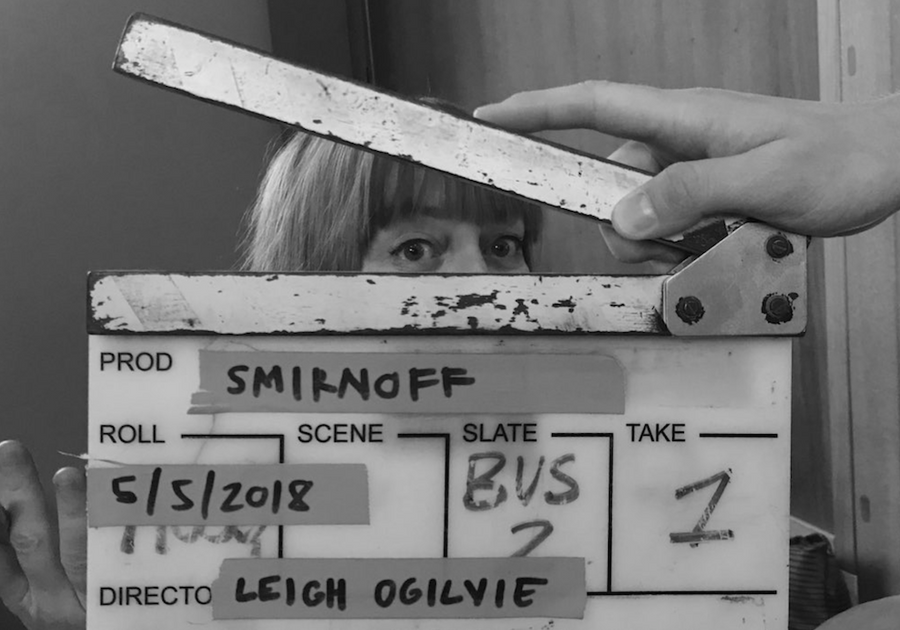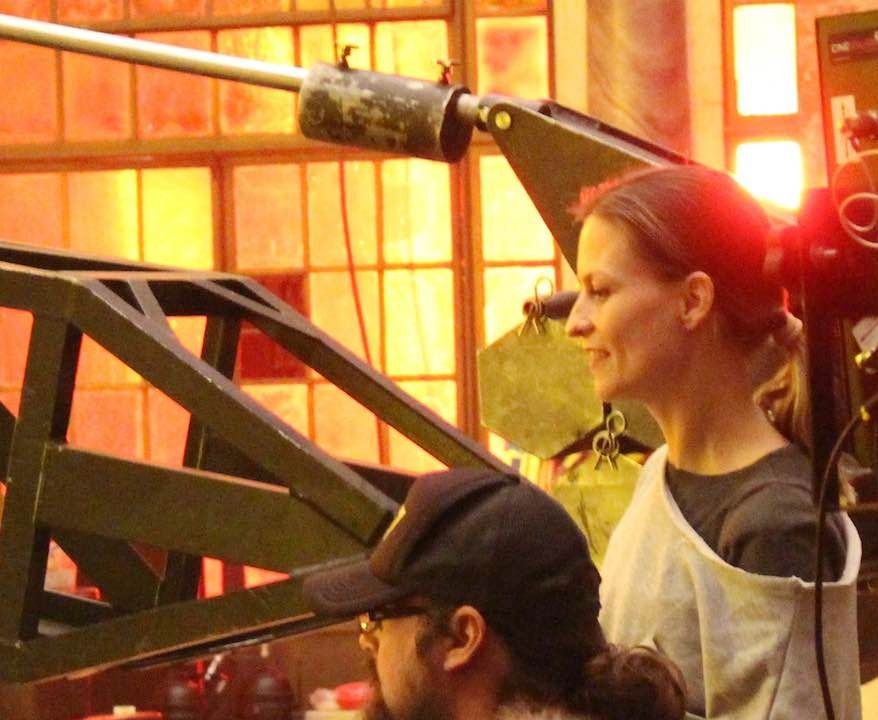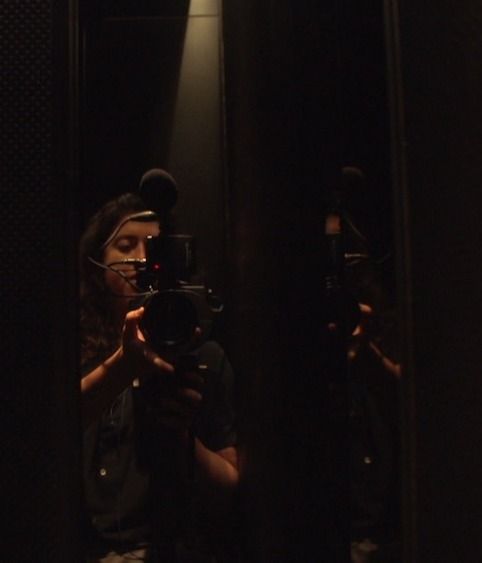How much is our day-to-day decision-making influenced by unconscious bias, even beyond our own beliefs?
Director Lauren Caris Cohan‘s latest work with Stink Films for Uber explores the cultural conditioning that discourages women to imagine themselves in positions of power. In a social experiment set-up, a group of female entrepreneurs were told to meet with the CEO of a company, whose office was behind a glass door. The catch? Two identical offices, each with glass doors—one belonging to a female employee, and the other, a man.
It was left up to the participants in the project to make the decision on who they believed the CEO to be, and the results were revealing; even among a group of enterprising, entrepreneurial women, many instinctively identified the male employee as the head of the company (spoiler alert: the CEO turned out to be the woman)!
Lauren spoke with us about her appreciation of sincerity (“our greatest and rarest currency”), the unique directorial challenge of being unable to control the results of the experiment, and the support gained from strong friendships with like-minded women.
What initially drew you to working on this project with Uber?
Lauren Caris Cohan: The Uber mission could not be more aligned with my own. I received the boards the same day that I lost a job about female empowerment, specifically about seeing the world lead by a woman . . . to a male director. Despite being the recommendation from a female-led agency, the male clients went with what felt comfortable. It was a bold-faced reminder that these issues are systemic—before we can fix the bias unconsciously woven into all of us, we have to acknowledge that it exists. I think Uber is starting the conversation to do precisely that, and it’s the one that I really want to be a part of.
Needless to say, I was hungry to transfer all that frustrated energy into something positive, and was thrilled to have the chance to work on a project with a message as powerful as Rethink The Ratio.
What about the idea most appealed to you from the get-go?
Over the last few months, I’ve been fortunate to participate in several projects that focus on women’s issues, and they have given me a lot of joy. Nothing makes me happier than creating a safe and nurturing space for someone to express themselves genuinely. Sincerity goes a long way these days—it might be our greatest and rarest currency. I understood what Uber wanted to do, was excited by the concept, and I also knew that it had to be done delicately.
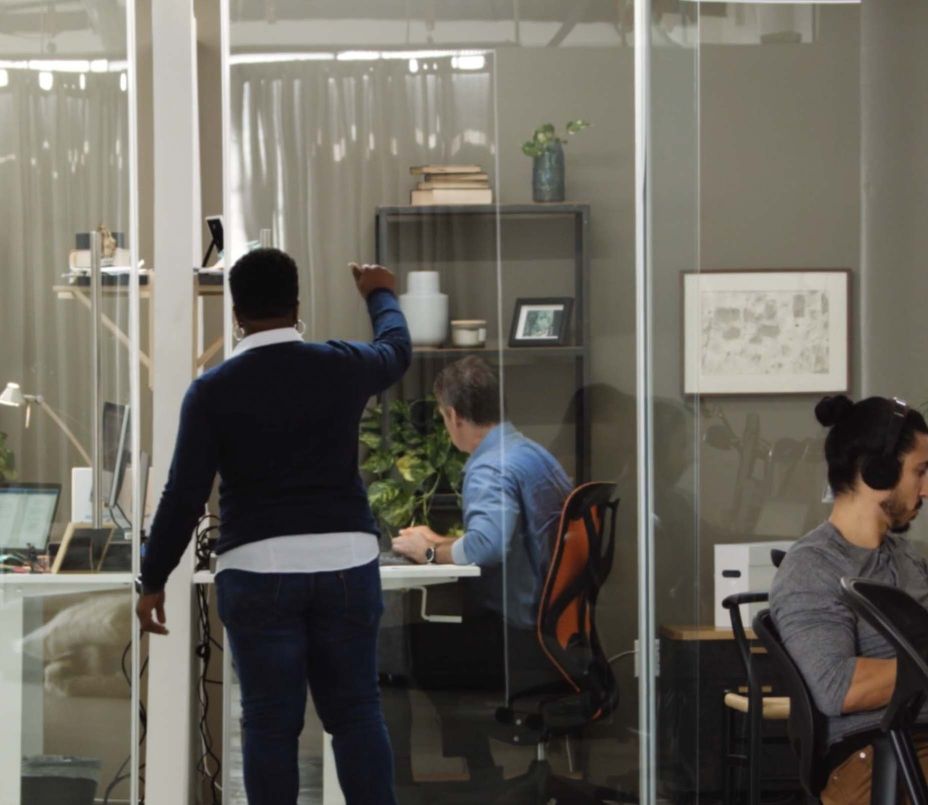
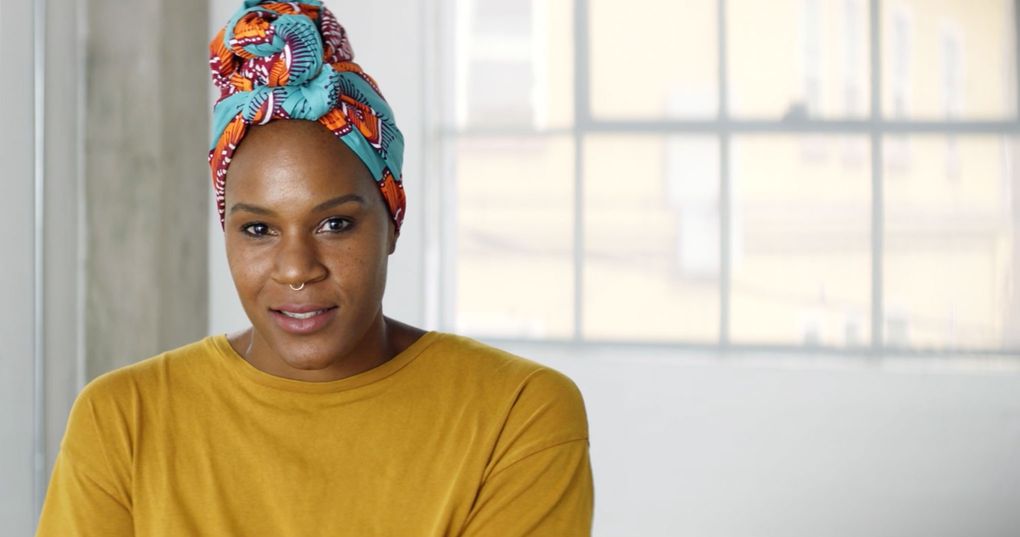
This campaign is somewhat of a social experiment, meant to test the featured participants on their unconscious gender biases. How were the female entrepreneurs who took part in the piece selected?
Our experiment took place over the course of two days, the first of which coincided with the Kavanaugh hearings. It was a surreal experience to be simultaneously watching that and challenging female entrepreneurs to ask themselves why they see the world the way that they do.
I don’t think I’ll forget those two days for a long time. Each participant was brilliant, dynamic, and fighting to make the world a better place. They were all game to take a good hard look at why we make the choices we do, and how those choices affect our sense of self.
What was the structure of the shoot?
The shoot was regimented—we scheduled a participant every hour on the hour. First, they participated in the social experiment. Next, we sat down for an intimate interview to discuss how they felt about the choices they made.
How long did it take to shoot both segments of the film?
We became a very well-oiled machine! We shot a total of 18 women over the course of two days.
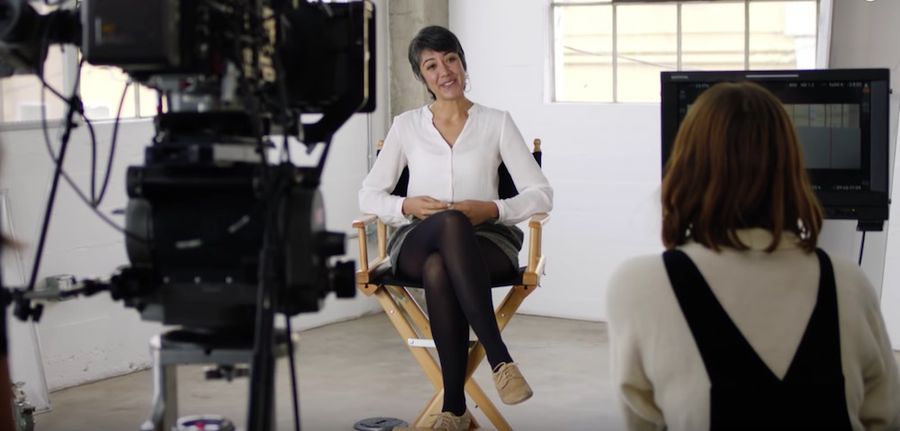
What were the reactions of the women when the social experiment aspect of the project was revealed?
The reactions differed—some women were angry with themselves, some proud for choosing the female CEO. A few tried to rationalize their choices. All in all, everyone was very eager to discuss after the reveal.
How did you establish a comfortable rapport with the interview subjects during your conversation?
I tried to make sure each participant felt comfortable, included, and informed. I asked myself how I’d feel if I went through the same experience—and made sure she felt safe to share.
Did the scenario pose any unique difficulties for you as a director?
Typically, a great deal of my job as a director is to try and control an outcome—to deliver on a set of expectations. This situation was incredibly unique—once a participant set foot in our experiment, I had no control. I think the fact that Uber signed up for this project, knowing how little they could do to alter the outcome, was very brave.
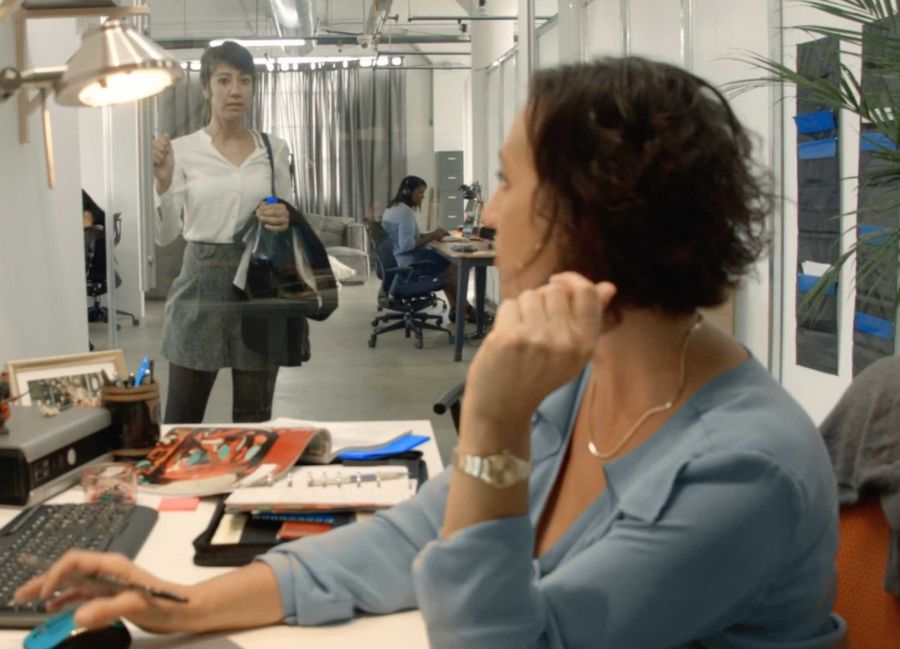
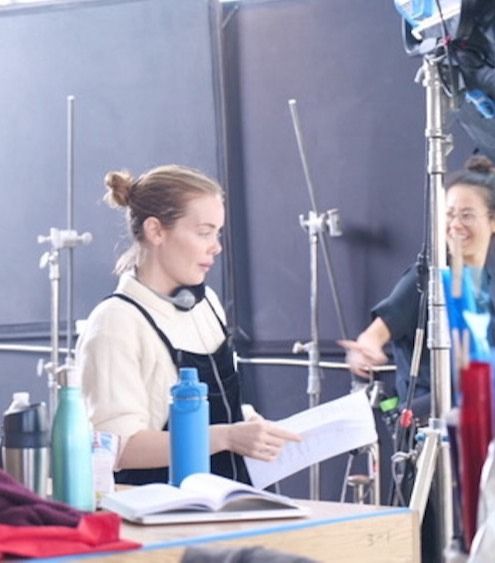
What were some of the most memorable moments during shooting for you?
The entire experience was memorable—looking around and seeing a nearly an all-female crew was pretty incredible. Our male DIT said he’d never been on such a calm, efficient set 🙂 Each round provided the same adrenaline rush, since we never knew what was going to happen.
What elements of the final film are most exciting to you, personally?
The overarching message is so synchronized with what is happening in our culture—that is what is exciting to me. It’s a call to action, to take a good hard look at what is broken by highlighting the obvious need to dig deeper and address the assumptions we make.
You came to your career as a director after nine years at Free People, in the role of Artistic Director. Was directing always a goal for you?
I always knew I wanted to tell stories, but I never knew I could be a director. That always felt like a far away concept. I’ve always been naturally curious and obsessed with learning how to do new things. My job at Free People was all about world-building—ideating, choosing the best talent with whom to create, taking risks, executing, and delivering what was promised. In retrospect, it seems like a natural progression.
What made you take the leap?
I was so fortunate to work for a company that empowered me to think outside the box, be creative, and take risks. They allowed me to spearhead a film program called FP Presents and create white-label content that was incredibly well received (before branded content ever existed!). From within the safety of their nest, I received an immersive education that taught me how to be a filmmaker.
The last film I made with Free People was called “Dream Girl”—it was created with the intent to use as a proof of concept to become a TV series, and Free People was completely supportive. They allowed me to meet with prospective producing partners and see how far we could go with it.
A friend connected me with CAA, who connected us with Imagine Entertainment. Soon enough, Fox 21 had optioned the rights, and we sold the project into development at HULU. It was incredibly exciting and educational. At every single step of the way, we were told that the likelihood of selling something was nearly zero . . . and we made it all the way. The whole experience felt like I was cutting my teeth on something entirely new and exciting, and made me realize that I was ready to explore my storytelling abilities, without the brand associations.
No matter what, working for one brand with one point of view is creatively limiting, and I wanted to tell my own stories, as well as work with creatives with a different point of view from the one I became so comfortable with.
Do you find that your experience as an Artistic Director influences your approach as a director?
Absolutely—I’ve been the client, the agency, and the director, and I come to the table with all of those experiences. Sometimes I worry that I know too much about costs and production . . . ignorance is bliss!
I know how much work goes into every single step of the creative process, and I do my best to make sure that every single person along the way feels seen and heard. That doesn’t mean I’m afraid to make a decision or to protect the creative integrity of a project—I just know what it feels like to be responsible for the final product and how much pressure there is to deliver.
What are some highlights of the commercial work that you’ve done up to this point?
For me, it’s all about the people I work with. Agencies, clients, crews, talent. Every time I bid on a job I ask myself if I feel like I can put my all into it—because it affects every person who shows up to be a part of that experience.
As this spot shows, it’s often difficult for women to envision the kind of successful professionals that they’d like to become without visible role models to base their experience on. Did you have any women who particularly inspired your career trajectory and allowed you to feel confident in pursuing your goals?
I’ve got a few friends who inspire me every day—Garance, Camille, Laure, Phoebe—some as mentors and others as contemporaries. We share our shit, support one another, and it makes me feel invincible. Sometimes I can’t believe how lucky I am.
I wish men had relationships like women do . . . the world would be a kinder place!
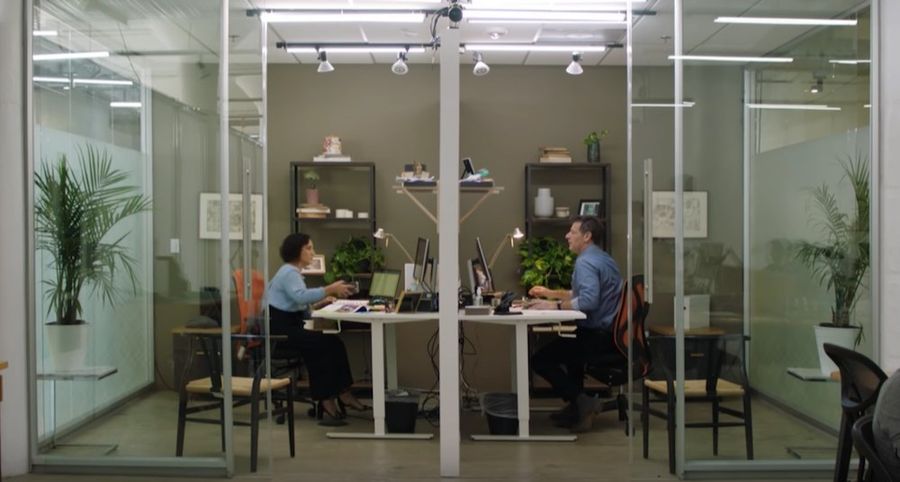
Do you think that advertising created by diverse talent (both in front of and behind the camera) can help to create societal change?
I think it’s a step in the right direction, but we’ve got a lot of work to do. The day that women’s stories are no longer regarded as “women’s stories” and can just be stories is the day we’ve moved forward. For now, I think it’s about awakening women to understand why we see the world through such a distorted lens.
In closing, what advice would you give an aspiring director who’s interested in following in your footsteps?
Don’t worry about failing. Be curious and ask all the questions. Surround yourself with people who are excited by what you’re making and see the world the way that you do.
